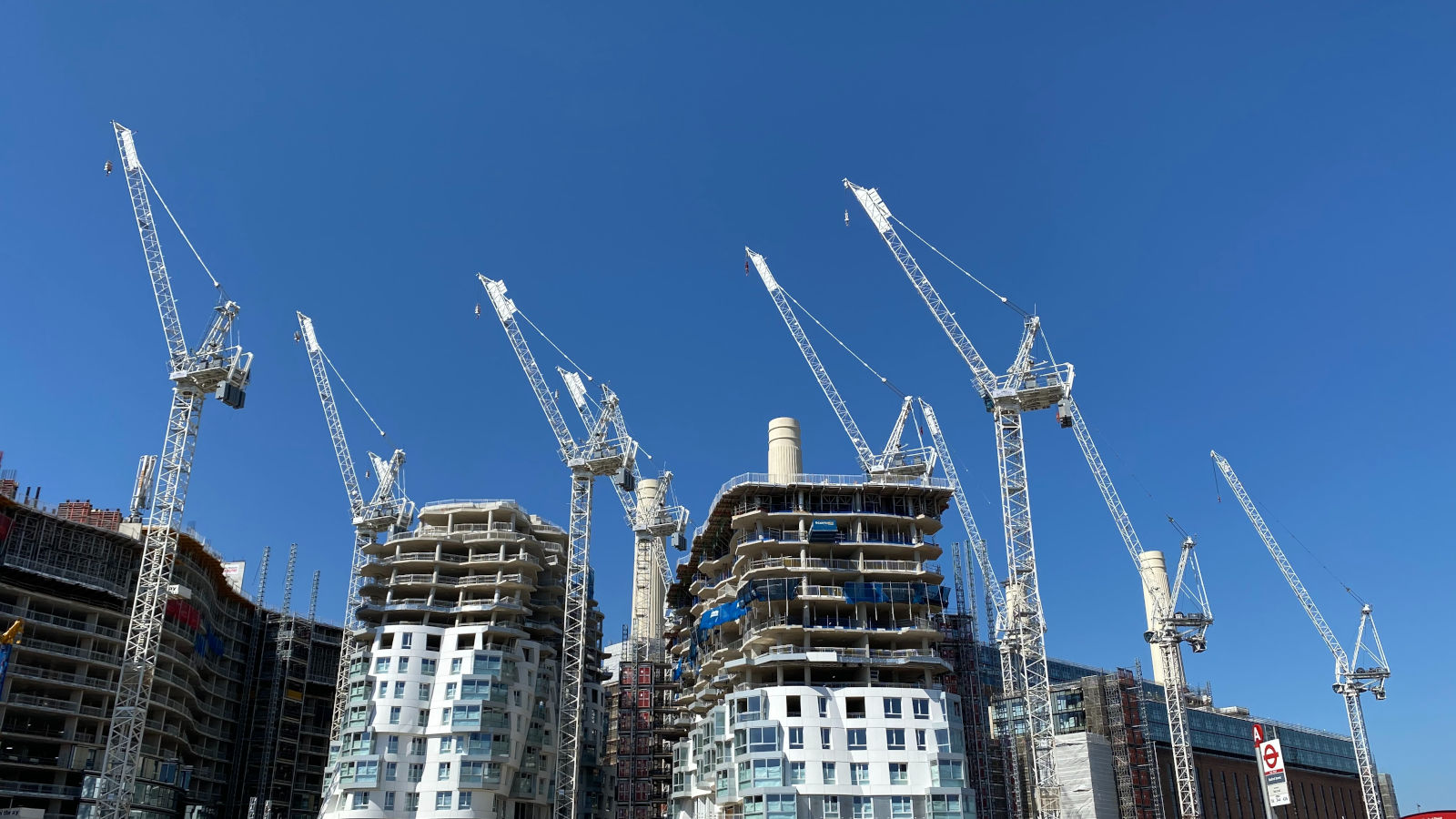
In the light of the Conservative Party’s election victory in December, it looks like Brexit uncertainties will start to ease, although a lot of negotiations still need to take place before we will finally be able to understand our trading position concerning the European Union (EU) in the future. However, the markets have already reacted favourably to the result, at least in the short term.
Nevertheless, GDP growth is projected to remain weak this year and continue below the 30-year trend (2%) over the whole of the forecast period, as consumer spending growth, business investment, and government consumption stay muted in historical terms.
Construction output growth is projected to average 1.6% per annum over the three years to 2022, down on the 2.4% seen over the previous three years and the 5.9% experienced in the 2014 to 2016 period. This slowdown in growth is partially a result of a return to more ‘normal’ expansion levels after a period of recovery, but is also due to weakness in some of the main construction markets, in particular commercial building.
While it looks like commercial output didn’t fall by quite as much as anticipated in 2019, another year of decline is projected for this year before stabilisation in 2021 and modest growth in 2022. The value of new orders stabilised in the first three quarters of 2019, but this was after two years of quite heavy declines, which are still to unwind fully in output terms. The offices market is still struggling, with the latest London Offices Crane Survey by Deloitte Real Estate showing ‘new floorspace started’ down by nearly 50% in the six months to September 2019 compared with the previous period. Some modest growth is expected to return to the sector in 2021. Retail construction will continue in the doldrums, work for the major discounters notwithstanding, while the heat has come out of the leisure construction sub-sector. If construction does finally begin on the London Resort on Swanscombe Peninsula in north Kent in 2021, as now scheduled, then the prospects for some growth in the leisure construction sub-sector could be better towards the end of the forecast period.
In terms of infrastructure output there is little doubt that the strongest driver of growth through the forecast period will be the High Speed2 project in the rail sector, except in 2020, as there is an underlying assumption that some contracts will need to be retendered. Roads output should increase from 2020 onwards as work builds up on the Highways Agency programme. Meanwhile, main construction on Hinkley Point C nuclear power station will support electricity output levels.
On the private side the housing market remains muted, with property transactions largely stagnant for the sixth consecutive year and house price growth very modest. Thus, it is difficult to see what impetus there is for anything more than slow private housing growth over the forecast period.
Public housing output this year is likely to fall, before growth returns in 2021 as local authority house building continues to expand steadily, assuming no re-imposition of a borrowing cap.
The prospects for growth in the non-residential R&M sectors remain fairly modest, with the private non-residential one probably faring best over the next three years. An upside risk to the infrastructure R&M forecast could be if the £2bn pothole fund announced by the new government proves to be new money and not just recycled cash.
